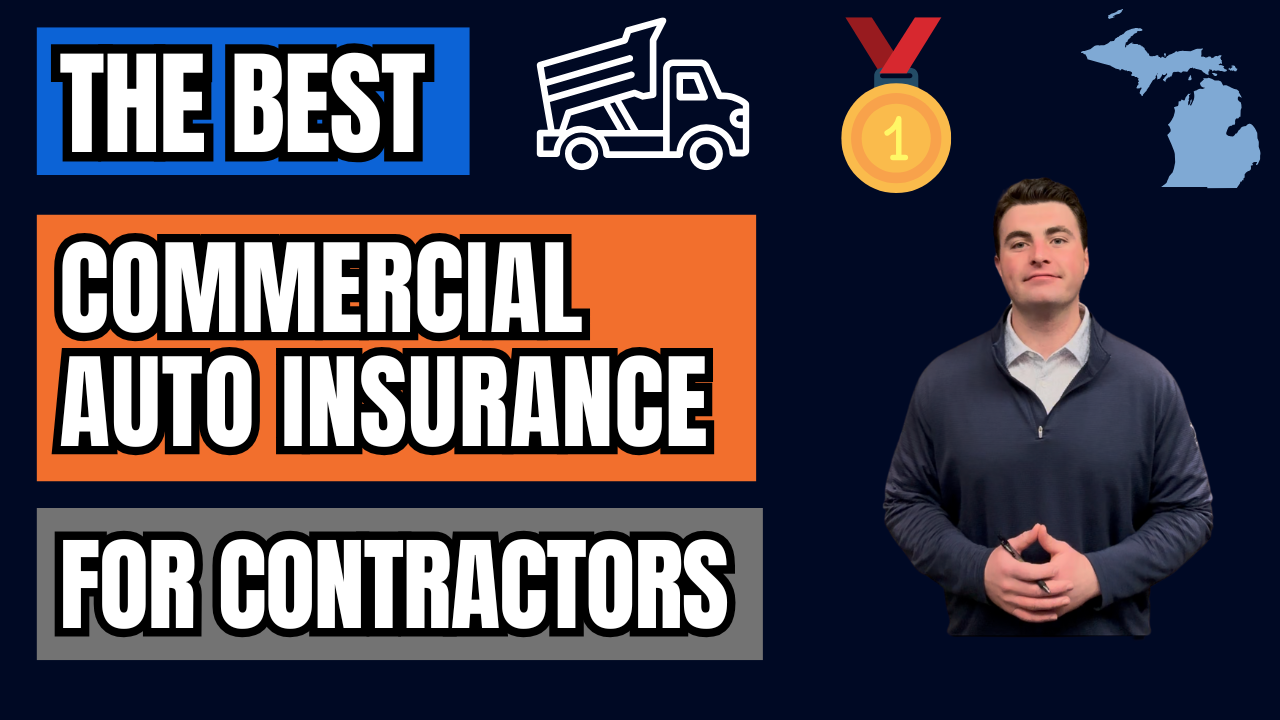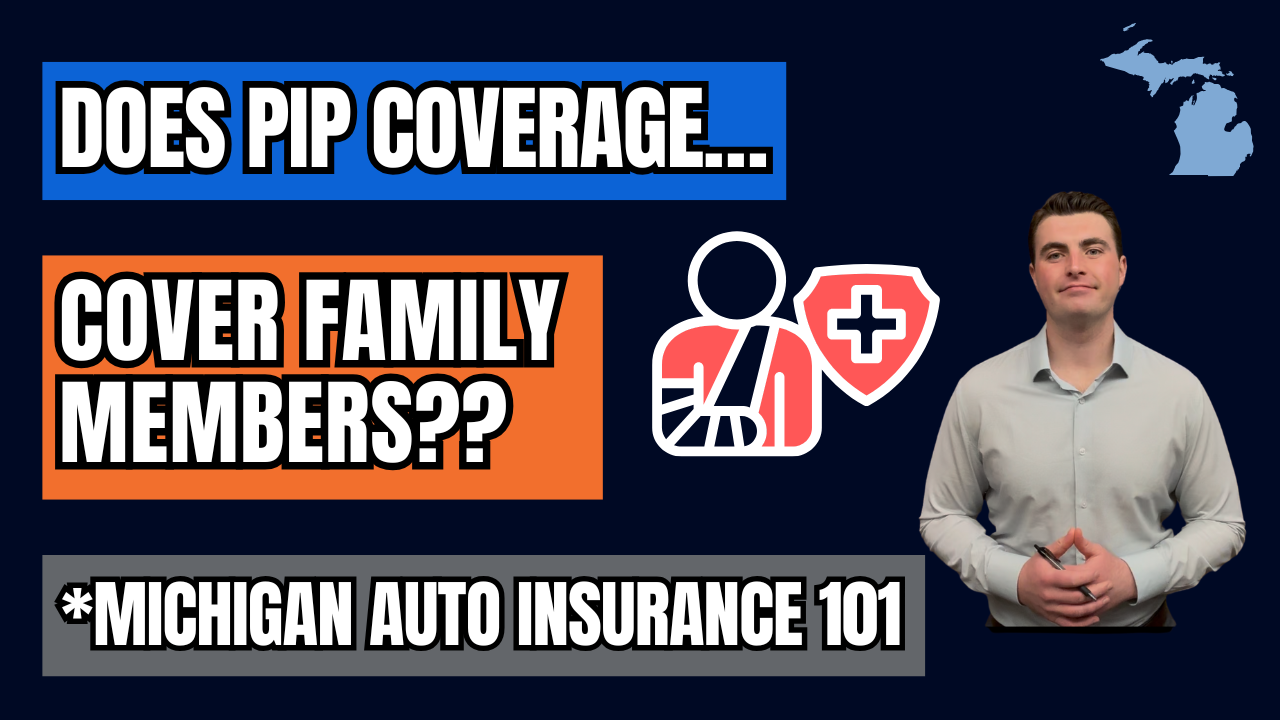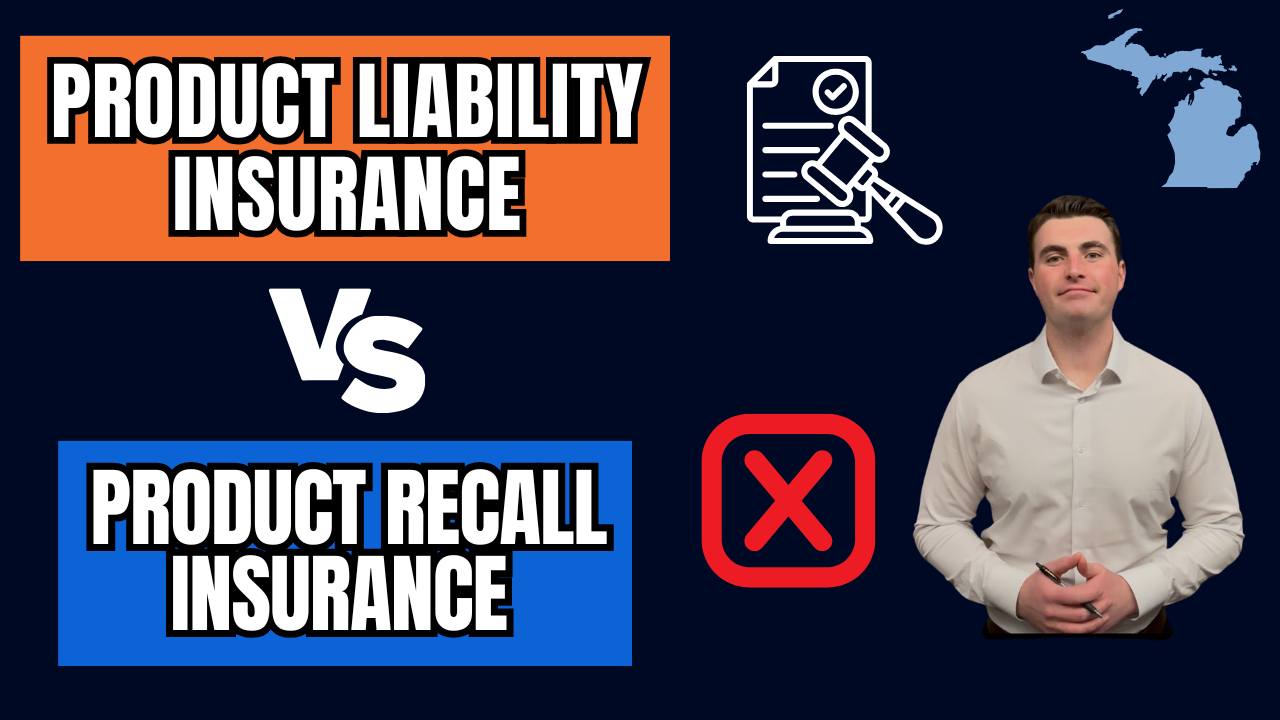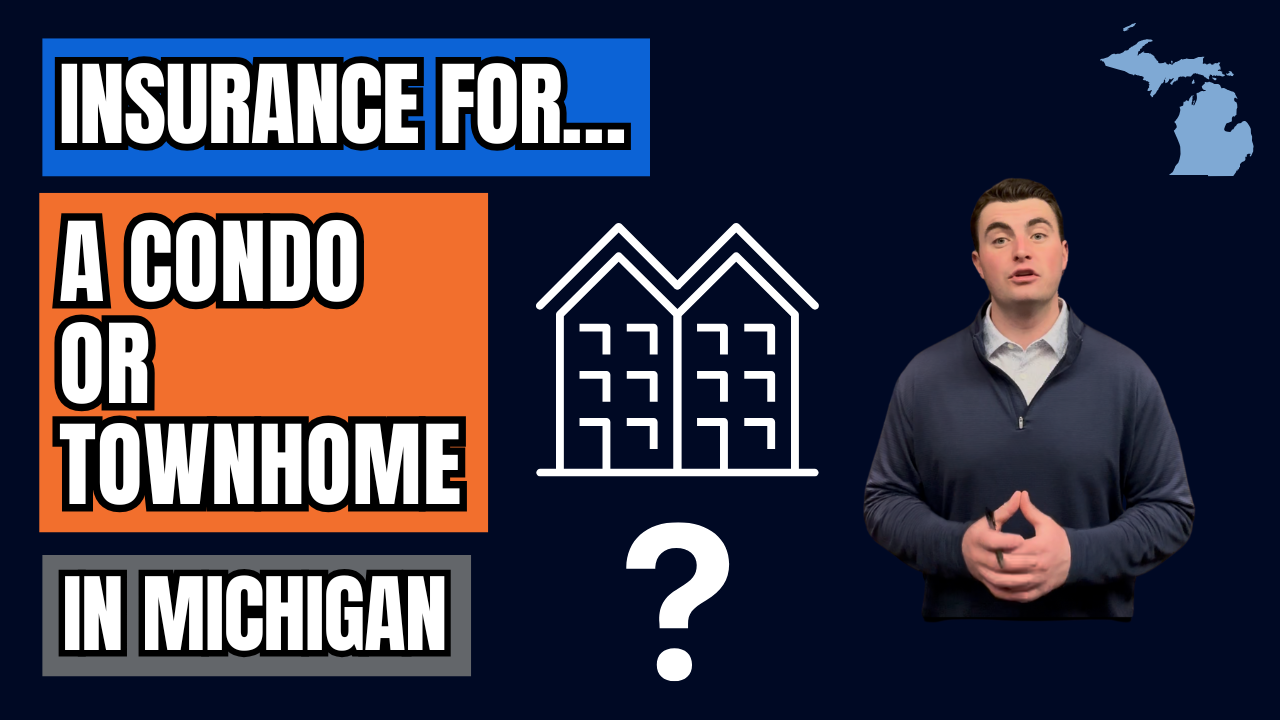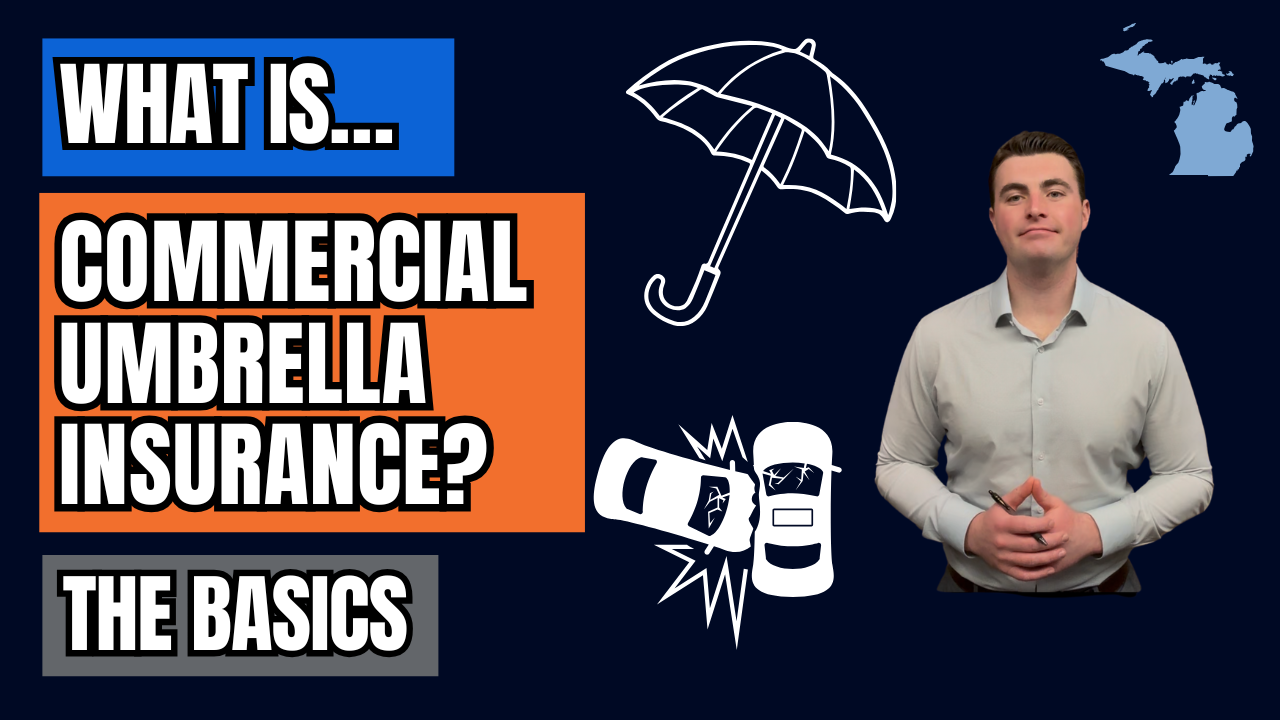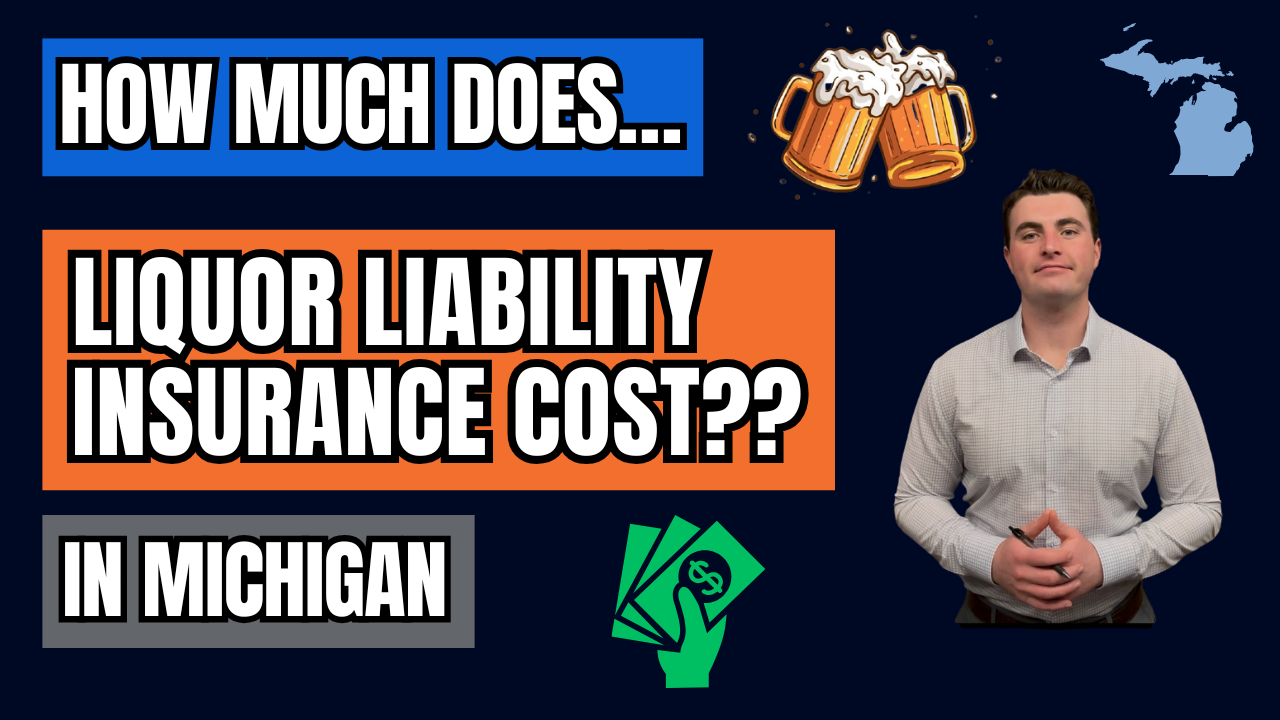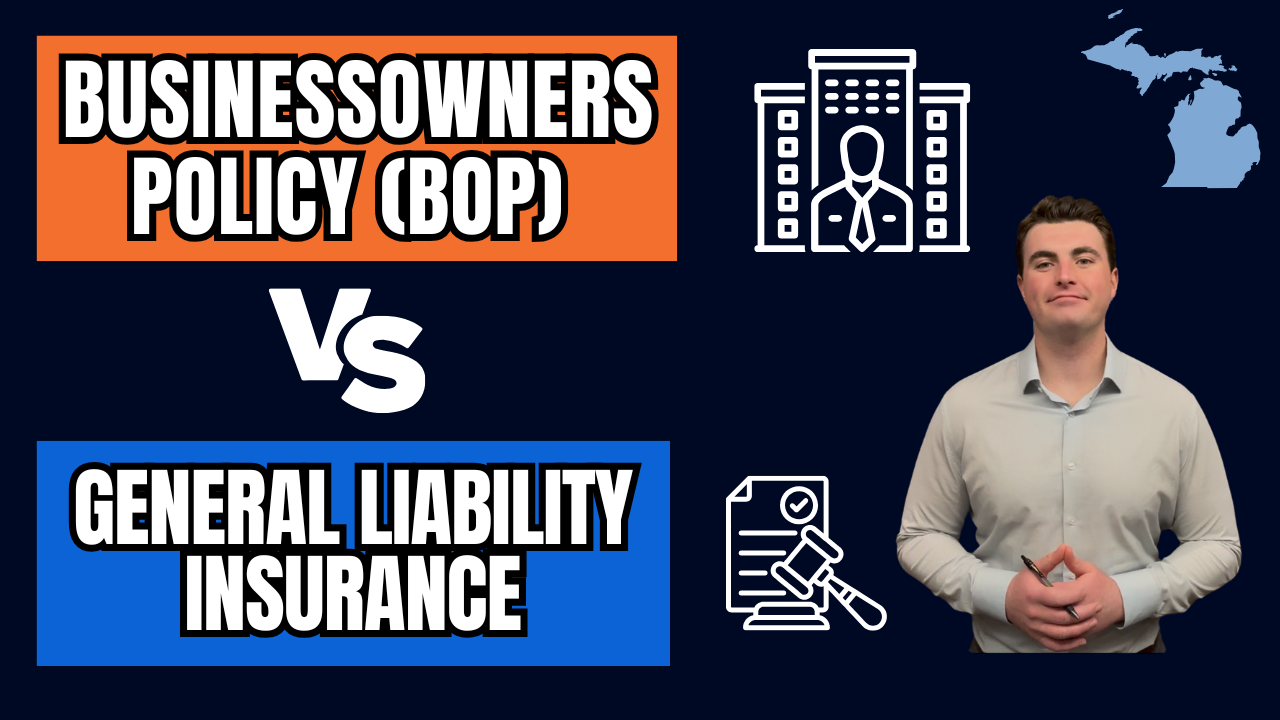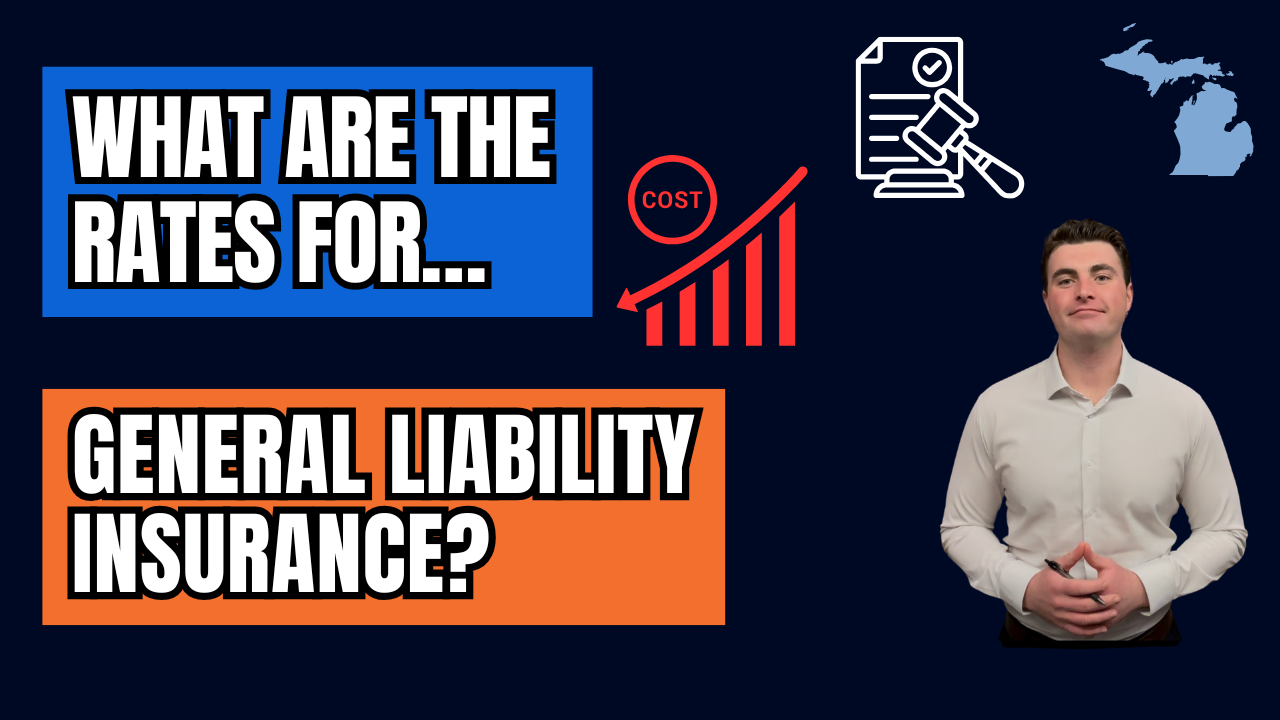How To Reduce Workers Comp Costs - 3 Steps To Take (Michigan Workers Comp)
How To Reduce Workers Comp Costs – 3 Steps To Take (Michigan Workers Comp)
If you're a business owner in Michigan—especially in higher-risk industries like manufacturing—you know that workers compensation insurance can be one of your biggest operational expenses. But the good news? It doesn’t have to stay that way.
In this post, we’ll walk you through a real-world example of how a Southeast Michigan manufacturing company cut their workers comp premiums by over 30% in just three years using three strategic steps. These steps can help your business reduce costs, boost workplace safety, and improve overall productivity.
Step 1: Invest in a Proactive Workplace Safety Program
The first and most effective way to reduce workers’ comp costs is by preventing accidents before they happen.
This Michigan-based manufacturer started with a full hazard analysis, pinpointing the areas in their plant where most injuries were happening. Based on the results, they:
- Replaced or upgraded outdated equipment
- Redesigned high-risk workstations
- Added mandatory safety training for all new hires
The result? A major drop in the frequency of workplace accidents and a corresponding decrease in claims.
✅ Tip: Fewer claims = lower experience modification rates (EMRs), which directly impacts your workers comp premium.
Step 2: Create a Return-to-Work Program
The second step they took was rolling out a formal Return-to-Work (RTW) program. Rather than letting injured workers sit at home for extended periods, the company:
- Developed modified-duty roles
- Offered part-time hours to employees recovering from injuries
- Encouraged physician collaboration for faster recovery timelines
This not only lowered the overall cost and duration of claims, but also helped employees stay connected and feel valued while they recovered.
✅ Tip: Return-to-Work programs are one of the most underutilized cost-saving tools in workers' comp insurance.
Step 3: Address Misuse and Fraud Head-On
The final piece of the puzzle was misuse prevention. This company took a zero-tolerance approach to dishonest claims and implemented:
- A transparent investigation process
- Clear communication of expectations to all employees
- Regular internal audits of open claims
By doing so, they reduced unnecessary claims and protected the integrity of their workers' comp program.
✅ Tip: A clear and fair claims process not only reduces fraud but builds a culture of trust and accountability.
The Results: 30% Cost Reduction + Safer Workplace
Over a three-year period, these three strategies helped this Michigan manufacturer:
- Reduce workers comp premiums by over 30%
- Improve employee morale and engagement
- Build a safer, more efficient work environment
Final Thoughts
If you're looking to cut your workers compensation insurance costs in Michigan, start with these three steps:
- Prioritize safety with proactive training and hazard reduction
- Implement a strong return-to-work program
- Tackle misuse with clear policies and transparency
Need help reviewing your current workers comp coverage or exploring ways to lower your premium? We work with Michigan businesses every day to reduce insurance costs while improving coverage.
📞 Let’s talk – contact us today for a review.
Contact Us
We will get back to you as soon as possible.
Please try again later.
